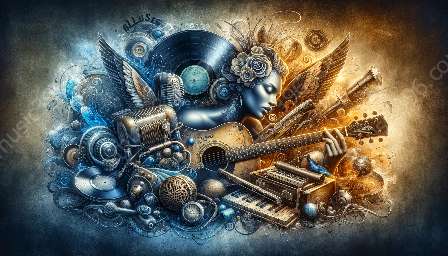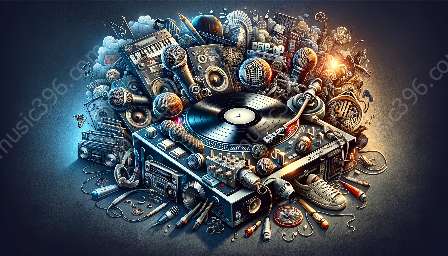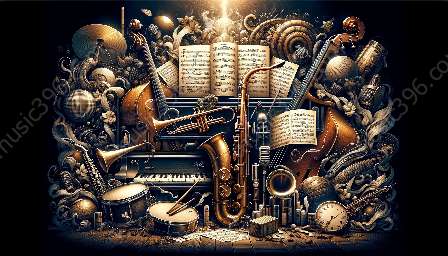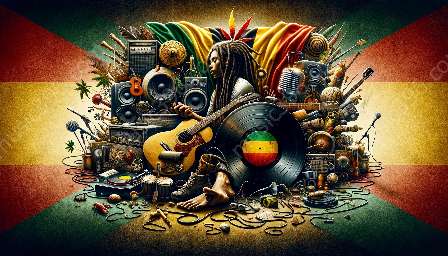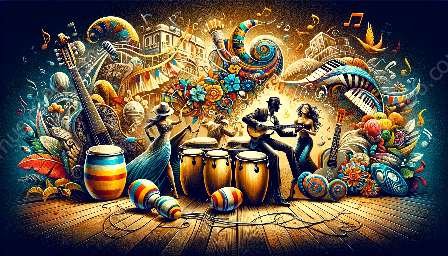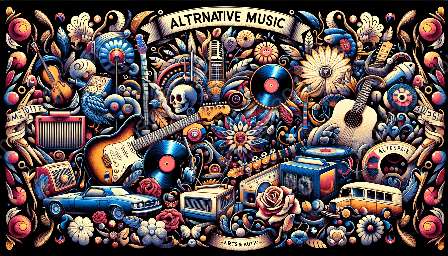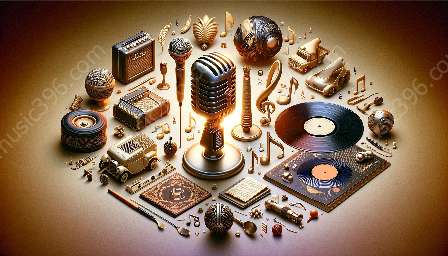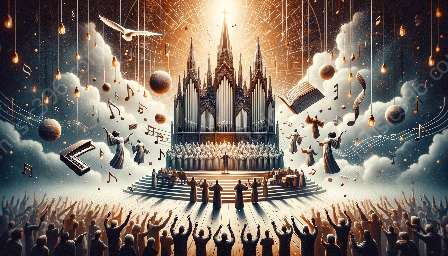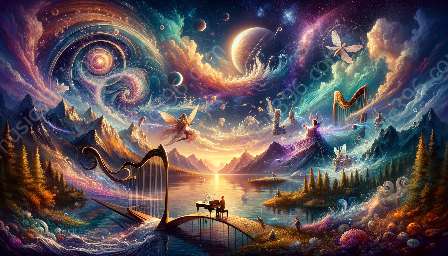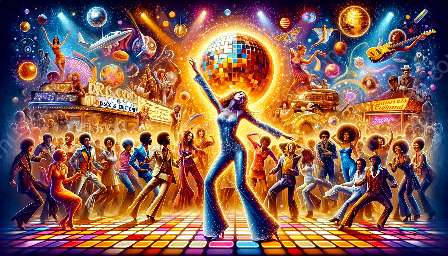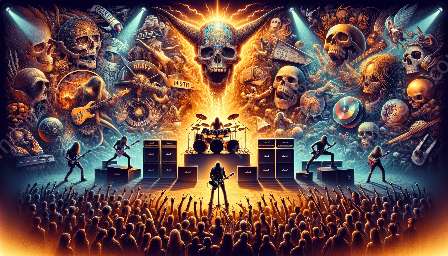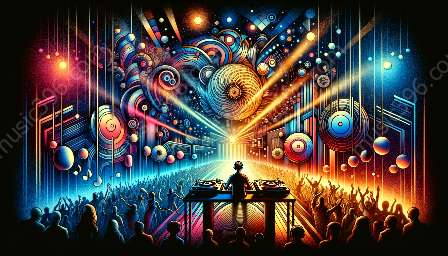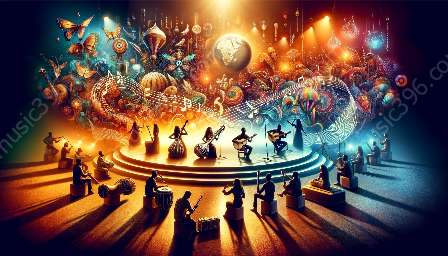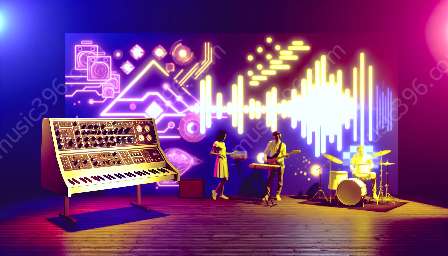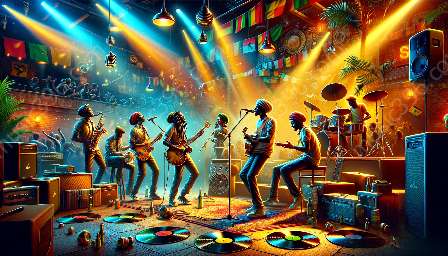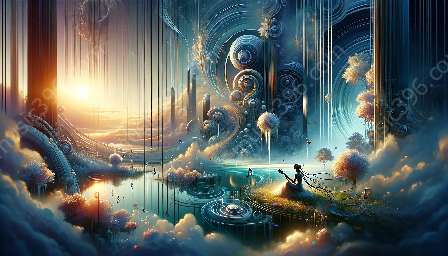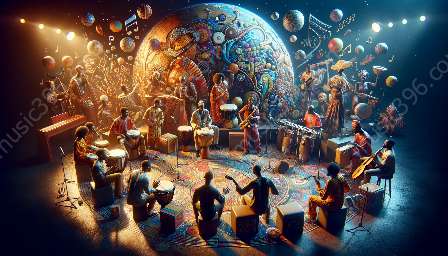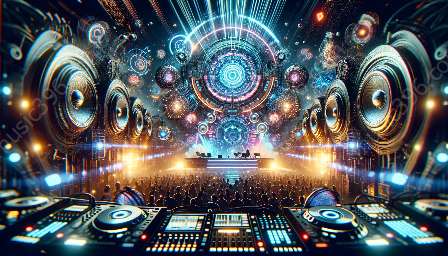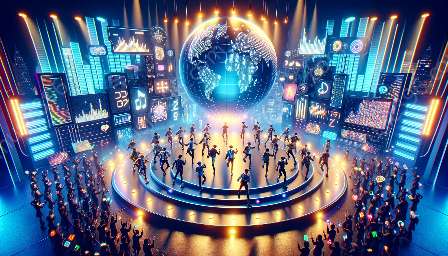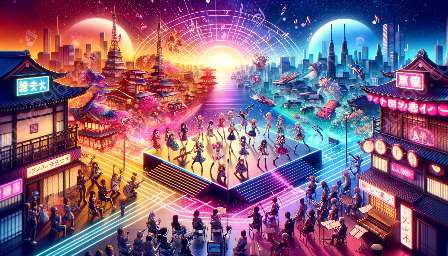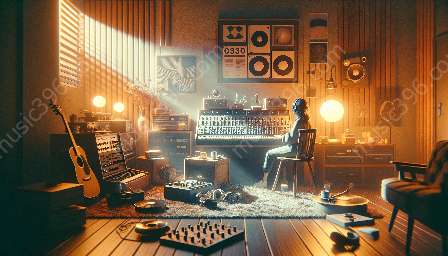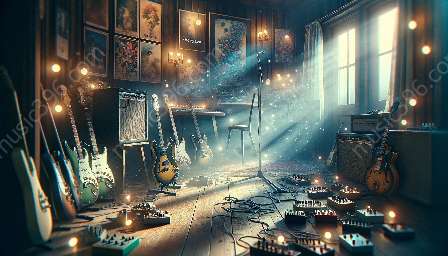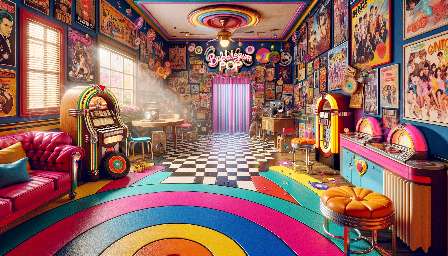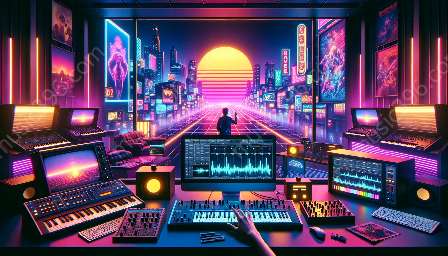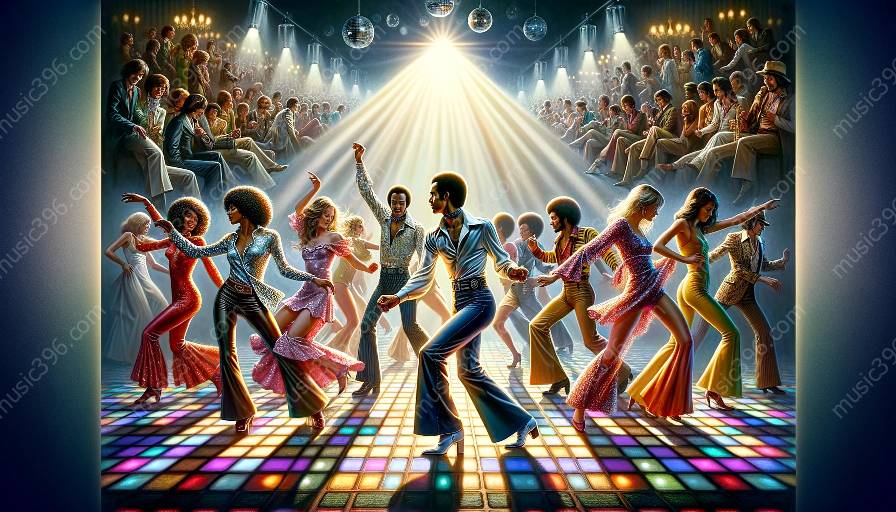Disco music has had a profound impact on fashion and dance styles, shaping various music genres and becoming an iconic era. From glittering outfits to signature dance moves, this article delves into the evolution of disco fashion, the influence of disco on dance culture, and its compatibility with different music genres.
The Evolution of Disco Fashion
Disco fashion emerged in the 1970s and was characterized by bold, glamorous, and flamboyant styles. The disco era saw a fusion of diverse influences, blending elements from the hippie movement, glam rock, and soul music. Glitter, sequins, and metallic fabrics dominated the disco fashion scene, with vibrant colors and daring cuts defining the era's iconic style.
Disco fashion was all about making a statement, and individuals embraced exaggerated silhouettes, daring patterns, and daring accessories. This era also popularized wide-legged pants, jumpsuits, and platform shoes, allowing dancers to move with freedom and style.
- Glittering Outfits: Sequins, sparkles, and metallic fabrics became synonymous with disco fashion, creating a glamorous and attention-grabbing look.
- Statement Accessories: Oversized sunglasses, chunky jewelry, and bold hats were essential components of disco fashion, adding flair and personality to outfits.
- Bold Patterns: Psychedelic prints, geometric designs, and vibrant colors were embraced as a reflection of disco's energetic and vibrant atmosphere.
The Influence of Disco on Dance Culture
Disco music not only shaped fashion trends but also had a profound influence on dance culture. The infectious beats and pulsating rhythms of disco tracks inspired a new wave of dance styles and social movements. Iconic dance floors became the birthplace of legendary moves, and discotheques were the epicenter of innovation in dance.
Some of the dance styles influenced by disco included the following:
- Disco Inferno: This energetic and expressive dance style featured flashy footwork, spins, and dramatic gestures, reflecting the exuberance and passion of disco music.
- Hustle: The hustle dance style originated from New York's Latin clubs and became synonymous with disco culture. It featured partner dancing, intricate footwork, and fluid movements that complemented the dynamic nature of disco tracks.
- Vogueing: Emerging from LGBT communities and ballroom culture, vogueing became a distinctive dance style associated with disco and funk music. It showcased fluid, dramatic poses and expressive movements, embodying the spirit of self-expression and creativity.
Compatibility with Music Genres
While disco music was a genre in its own right, its influence extended to various music genres, shaping and inspiring artists across diverse musical landscapes. The fusion of disco elements with other genres resulted in the evolution of new and exciting musical styles, enriching the world of music with infectious rhythms and vibrant melodies.
Some of the music genres influenced by disco include:
- Pop: Disco's catchy hooks and danceable beats heavily influenced the pop music of the late '70s and early '80s, giving rise to an era of infectious chart-topping hits and dancefloor anthems.
- Electronic Dance Music (EDM): The pulsating rhythms and electronic soundscapes of disco laid the foundation for the development of EDM, inspiring DJs and producers to create high-energy, dance-centric tracks that captivated audiences worldwide.
- Funk and Soul: Disco's rhythmic grooves and soulful melodies had a significant impact on the evolution of funk and soul music, influencing artists to incorporate disco elements into their compositions and performances.
From fashion to dance and music, disco left an indelible mark on popular culture, becoming a symbol of liberation, self-expression, and the joy of movement. By exploring the dynamic interplay between disco, fashion, dance styles, and music genres, we gain insight into a transformative era that continues to inspire and influence contemporary creativity.

